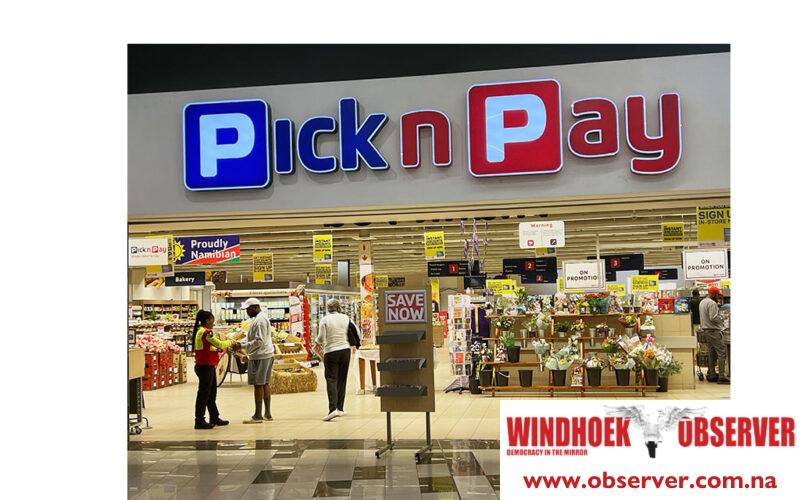CHAMWE KAIRA
Economist Halleluya Ndimulunde believes that a reduction in the repo rate generally leads to lower borrowing costs for both households and businesses.
The Simonis Storm Security economist said in the aftermath of Bank of Namibia cutting the interest rate by 25 basis points down to 7.50%, that this may encourage a revival in private sector credit extension, which has been subdued, as confidence in a less restrictive monetary policy environment grows.
“Overall, this rate cut is likely to stimulate economic activity by improving access to credit, thereby supporting increased spending and investment across the economy,” said Ndimulunde.
Additionally, Ndimulunde said with a tax adjustment expected in October, the combination of reduced borrowing costs could further boost consumer spending in Namibia. However, there is a need to monitor the potential for demand-pull inflation, where increased money supply chases a limited amount of goods and services.
Namibia’s prima rate stands at 11.25% leaving Namibia trailing South Africa by 75 basis points. It was first rate cut since the hiking cycle began in June 2022.
Ndimulunde said while the rate is still relatively high, it’s pleasant news for Namibian households and businesses, offering some relief from the cost of borrowing.
The Bank of Namibia’s decision to cut the repo rate was supported by ongoing economic recovery, despite a low growth forecast for 2024. Inflation has slowed, recording 4.6% July 2024 and averaging 4.8% so far this year while private sector credit extension remains weak, averaging 2% so far this year.
Considering these factors, the central bank opted for a moderate easing of monetary policy, reducing the repo rate by 25 basis points to 7.50%.
“This move is expected to lower commercial bank lending rates, support domestic economic activity, and maintain the peg between the Namibia Dollar and the South African Rand, underpinned by adequate international reserves,” Ndimulunde said.
The central bank expects that as monetary easing continues, the gap between Namibia’s and South Africa’s repo rates will narrow.
Simonis Storm projections suggest that inflation will stabilise around 4.9% by the end of the year.
“Moving forward, we will maintain a wait-and-see approach, expecting the repo rate to hold at 7.50% until the end of the year, with a best-case scenario potentially lowering it to 7.25% by late 2024. We anticipate that the central bank will carefully monitor the impact of this monetary easing before taking any further action.”




